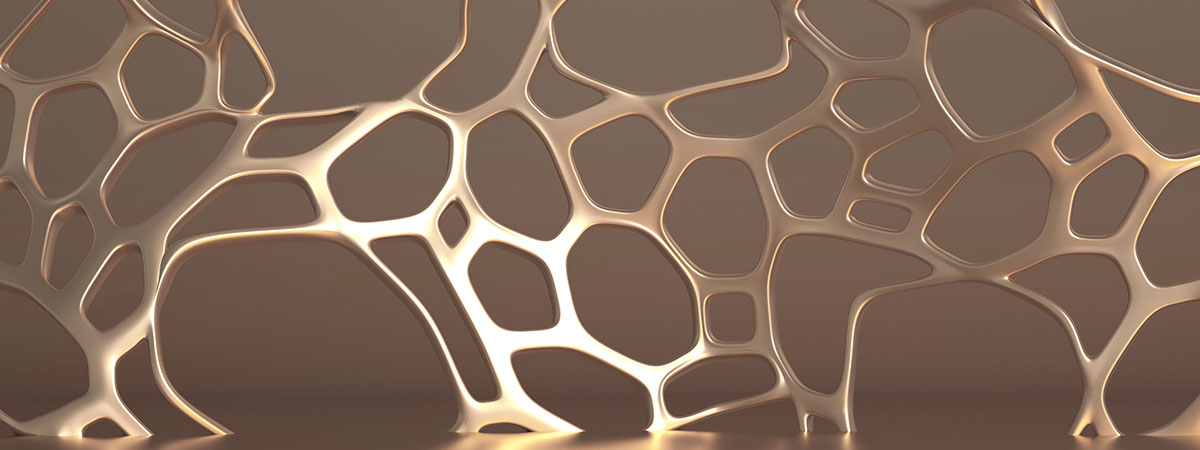
Subtractive to Additive. A shift in the way we manufacture the world around us

Additive manufacturing technologies are rapidly maturing and becoming essential in many markets to capturing and maintaining a competitive advantage. Companies that are investing in overcoming the entry barriers and learning curves are opening new opportunities through new processes, operations, and business models. Sometimes value is being realized through small incremental improvements such as on demand jigs, fixtures, and spares parts on a production line. While new business service models and approaches are seeing complete disruption, such as in the medical product and implant space with entirely new and custom products.
In certain manufacturing sectors, many organizations that have not got an additive plan may soon face serious shortcoming and barriers in trying to remain relevant and competitive in an ever-changing word. Below we look at only a few additive challenges that a company may face when looking to apply additive technologies in their manufacturing environment.
Skills and training
Designing and engineering for additive technologies can be a major challenge for many. The skills required to implement and operate additive technologies are significantly different from initial design right through to machine operation. In a traditional subtractive environment that the world is so familiar with manufactures are very much used to drilling, milling, molding, and assembling to create our world. By contrast, in the additive arena designers can look at growing, meshing, and calling on the efficient and elegant patterns of nature through biometry to solve our problems. Something most engineers, designers and managers will probably not have much experience with. At the production end, operators and technicians need to have new skill sets and abilities to be able to run, maintain and interact with new equipment, materials, and workflows.
Production workflows
Not only are different skills required for adopting additive technologies, but entire production processes and workflows need to be understood in the context of where additive technology can be of value and benefit. A challenge for many firms is to understand what additive technology branch, material type and application can realize value and superiority over conventional manufacturing techniques. In the right context, a low-cost entry-level machine or simple print service can provide as much or more benefit than a flashy expensive machine that is currently ‘in-fashion’. A few examples of where additive can be of benefit can include bringing custom tooling, jigs and fixtures in house which can see enormous cost and time savings. In assembled systems, many complex multi part assemblies can be reduced in part count,
Identification and justification of value
Even though many additive technologies have been around for a while, it is only in the recent decade that many forms of ‘3D Printing’ have become a mainstream topic in manufacturing. Due to the unfamiliarity and newness of these technologies, understanding and applying them in the context of a business case at a higher-level outside of specific process flows can be completely foreign and unfamiliar to many mangers and decision makers. Many companies struggle to identify and understand holistic applications and where a technology can ‘fit’ within a firm or process flow to justify the investment costs required to implement these technologies.
The challenges presented in this blog are not an exhaustive list. Depending on manufacturing context there will be many more challenges (some known and others unknown) that companies and the additive manufacturing industry will need to overcome as we look at further integration into large scale and volume production.
